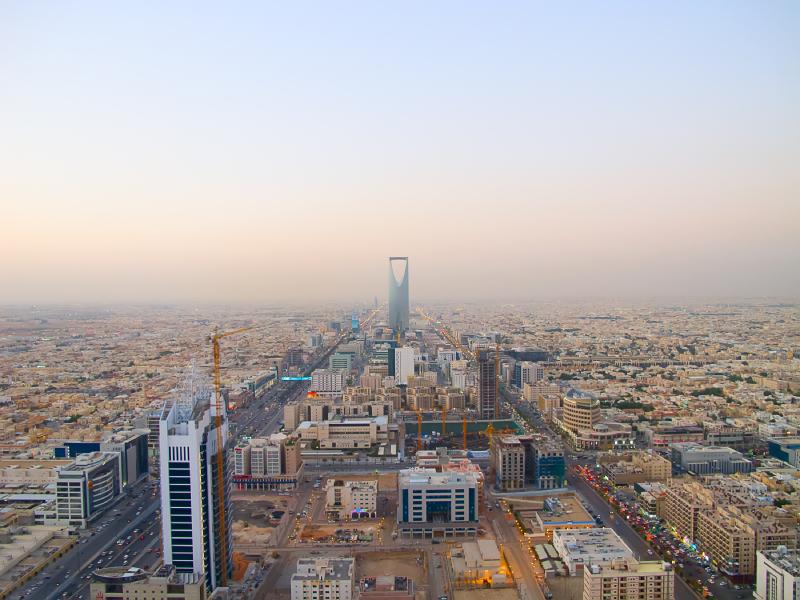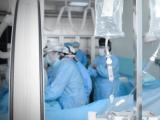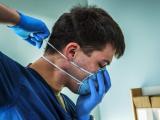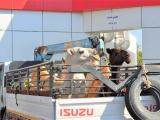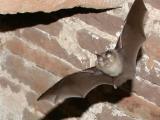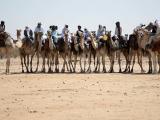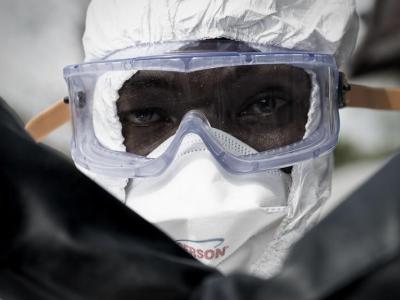Saudi Arabia's Ministry of Health (MOH) has reported 10 new MERS-CoV cases, as well as 1 death, over the past 3 days, part of an ongoing surge of cases in Riyadh, much of which has come from healthcare- and community-based clusters.
Four of the new case-patients had contact with a suspected or confirmed case-patient, and the investigation is still under way for a fifth case, according to three separate MOH statements. The source of the MERS-CoV (Middle East respiratory syndrome coronavirus) infection isn't yet known for half of the new cases.
One health worker among latest cases
All but one of the patients is an adult aged 50 or older. Five are female and five are male. Only one is a healthcare worker, a 55-year-old woman who is the only newly infected individual who isn't a Saudi citizen.
Symptoms were reported for all 10 of the patients. Seven of them are in stable condition, one in home isolation. Three are hospitalized in critical condition.
The death occurred in an earlier announced patient, a 72-year-old man from Riyadh who had underlying medical conditions. One earlier case-patient has recovered from his infection, a 44-year-old Saudi man from Alkharj.
The MOH said today that 17 people are still being treated for their infections, 3 of them in home isolation.
The 10 new cases and the death boost Saudi Arabia's totals for MERS-CoV to 1,078 cases, 472 of them fatal.
Riyadh hot spot details
Sporadic cases were reported from Riyadh in June and into July, and the pace of infections picked up toward the end of July. Since Aug 1 the country has reported 20 cases from the city. The steady stream is occurring on the heels of similar hospital and community clusters in Hofuf, a city located about 208 miles east of Riyadh.
Last week, reports surfaced in the Saudi Arabian media and the MOH of a family cluster from Riyadh involving six cases, one of them fatal.
Health officials haven't said what's driving the continued outbreak activity, which is occurring outside of the spikes more typically seen in the spring in the Middle East. The virus seems to spread periodically from camels to people, but so far it doesn't appear to spread easily in the community setting, except when people have prolonged, unprotected contact with an infected person, such as in families or in healthcare facilities.
Clusters signal ongoing threat
Michael T. Osterholm, PhD, MPH, director of the University of Minnesota's Center for Infectious Disease Research and Policy, publisher of CIDRAP News, said ongoing clusters in Saudi Arabia are concerning, partly because they increase the risk of more travel-related cases, which could easily spark an outbreak elsewhere in the world similar to the recent one in South Korea.
One key to reducing the global threat is to stop transmission between camels and humans, he said. "This is not going away."
So far, it's not clear if there is a seasonal component for MERS-CoV spread, Osterholm said, adding that over time the disease could show more of an endemic, year-round pattern.
See also:
Aug 8 Saudi MOH statement
Aug 9 Saudi MOH statement
Aug 10 Saudi MOH statement
Aug 6 CIDRAP News story "Family cluster part of Riyadh flurry of MERS cases"
